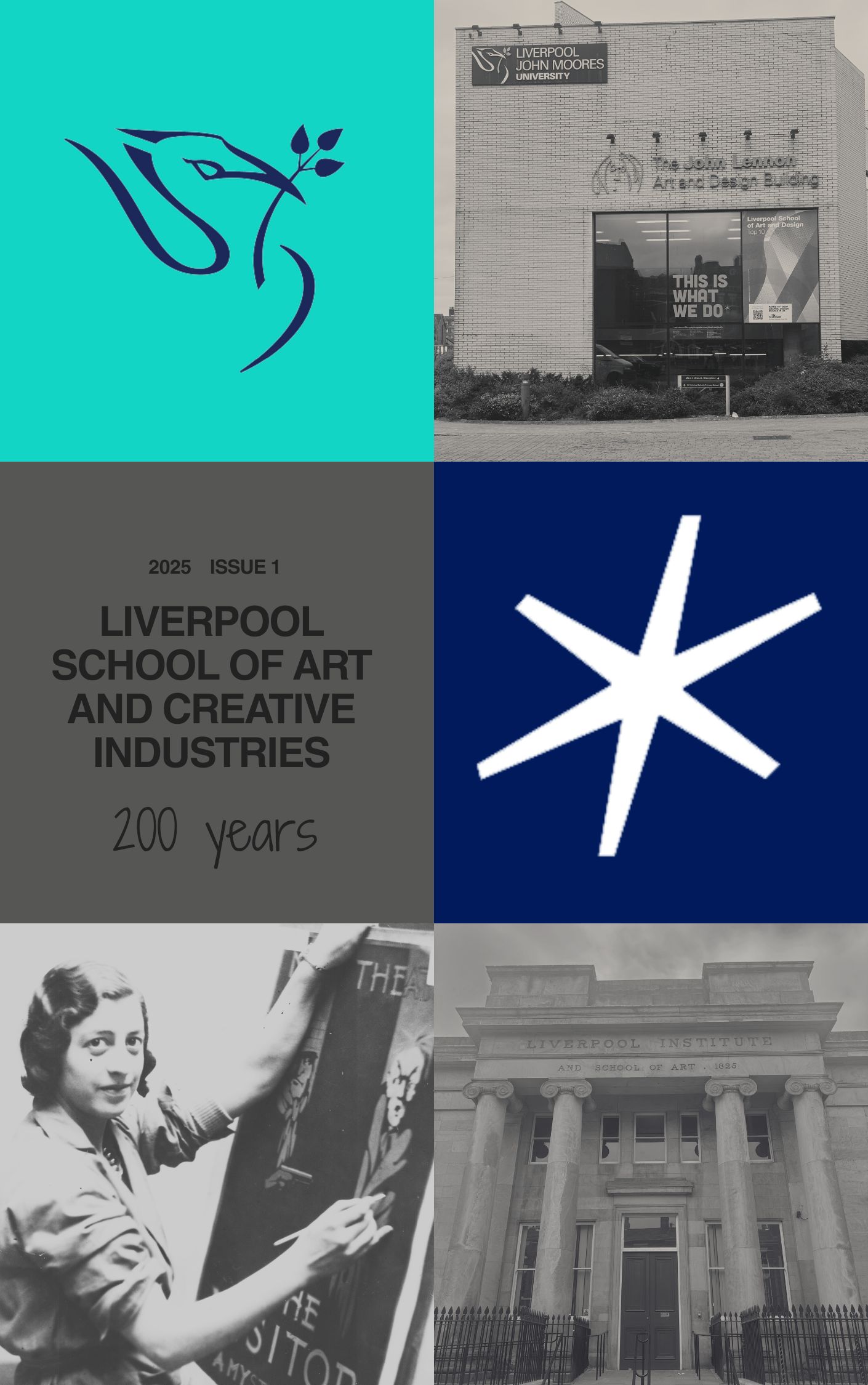Magdalena Abakanowicz: Inspired by Nature and Undefeated by the System of Oppression
DOI:
https://doi.org/10.24377/LSACI.article3132Abstract
Magdalena Abakanowicz: Inspired by Nature and Undefeated by the System of Oppression. Explores how Magdalena Abakanowicz mastered adaptability, turning shortages of materials and limitations of expression under the Communist regime into the development of her unique technique to achieve international success.
Magdalena Abakanowicz was one of the most internationally acclaimed Polish fibre artists and sculptor, who gained recognition despite living in the country trapped by the communist regime, and despite working in the field of art usually dominated by men. She proved to be a prolific creator by expressing herself in many forms apart from her signature sculpture, such as poetry, prose, film, and visual arts (Milofsky, 1987). She had something important to say and wanted to be heard, so she shared her philosophy, she gave voice to her art in writing and interviews, during her travels, when teaching, and when exhibiting. Abakanowicz lived long enough to enjoy the freedom of creation in reborn Poland, yet a major part of her career fell in a time of restrictions and persecutions before the rule of the Communists and the control of the Soviet Union ended in 1989. Candice Russell (2005, p.6) maintains that ‘[H]er art is a direct reflection of her experiences’ whilst Leslie Milofsky argues that ‘we receive her as a Polish artist and associate her work with her own country’s history and political policies’ (1987, p.369). This paper will explore how the artist’s background, personal experience of war, and living under totalitarian policies, along with the limitations imposed by the regime affected her creative journey, the materials she used, and the techniques she implemented. It will also discuss her strong connection with nature, and how its cycles and processes inspired the artist to search for eternal secrets, patterns, and the place of a human in this mysterious biological chain.
Downloads
Published
Issue
Section
License
Copyright (c) 2025 Dagmara Firlej

This work is licensed under a Creative Commons Attribution 4.0 International License.
The copyright of content is retained by the author(s). Please check the specific licence for this item. The majority of the content in this journal is published under a Creative Commons Attribution Licence. Artworks are published under a Creative Commons Attribution-NonCommercial-NoDerivatives 4.0 International Licence. These licences allow others to read, download, copy, distribute, print, search, or link to the full text of works in this journal, or to use them for any other lawful purpose in accordance with the licence.
This journal provides immediate open access to its content and has no submission or publication fees.


